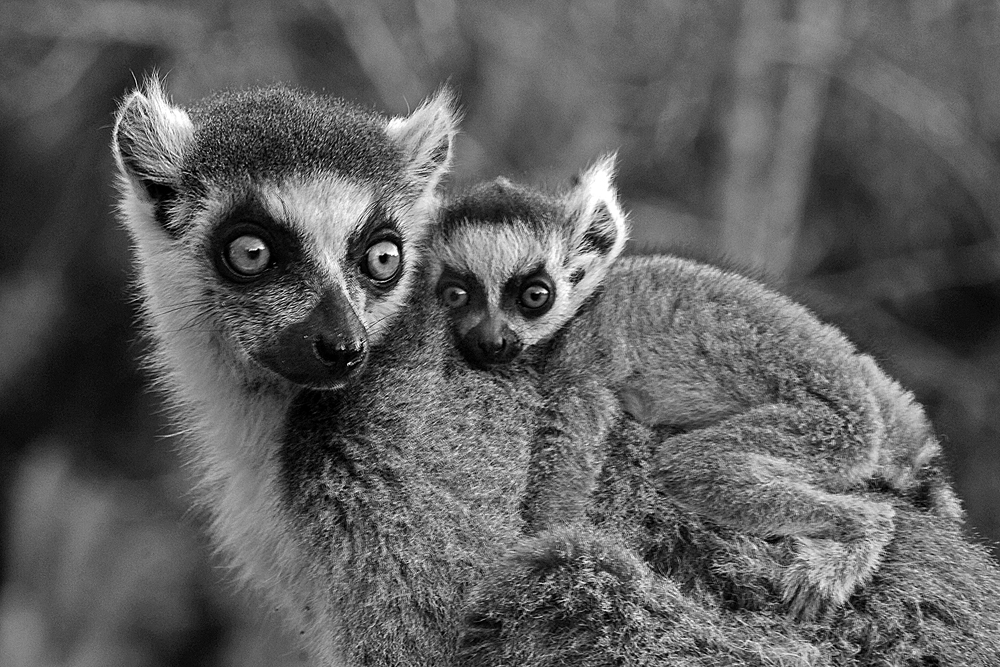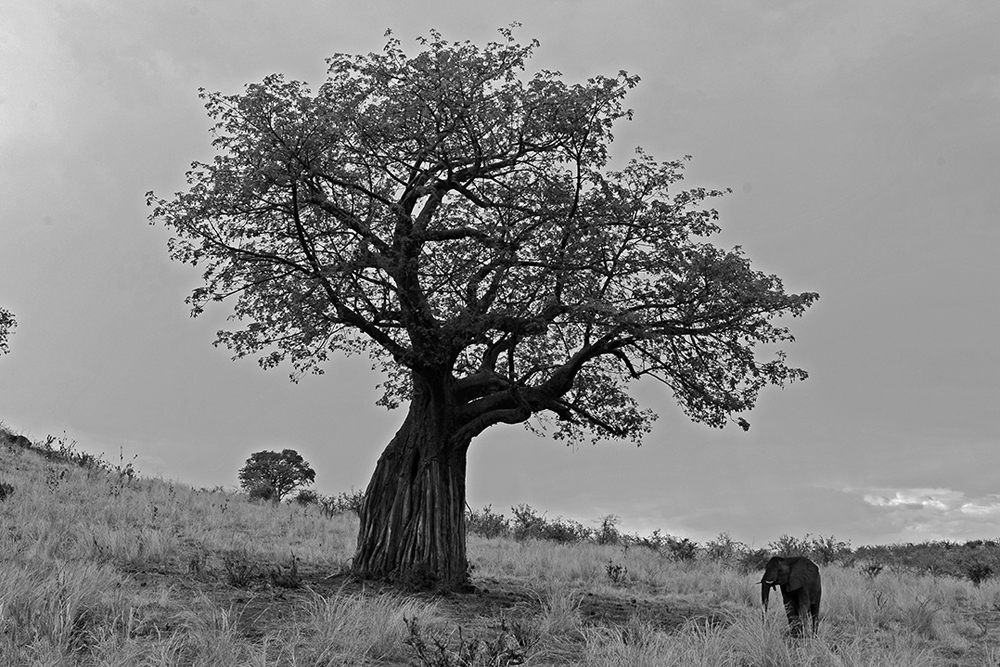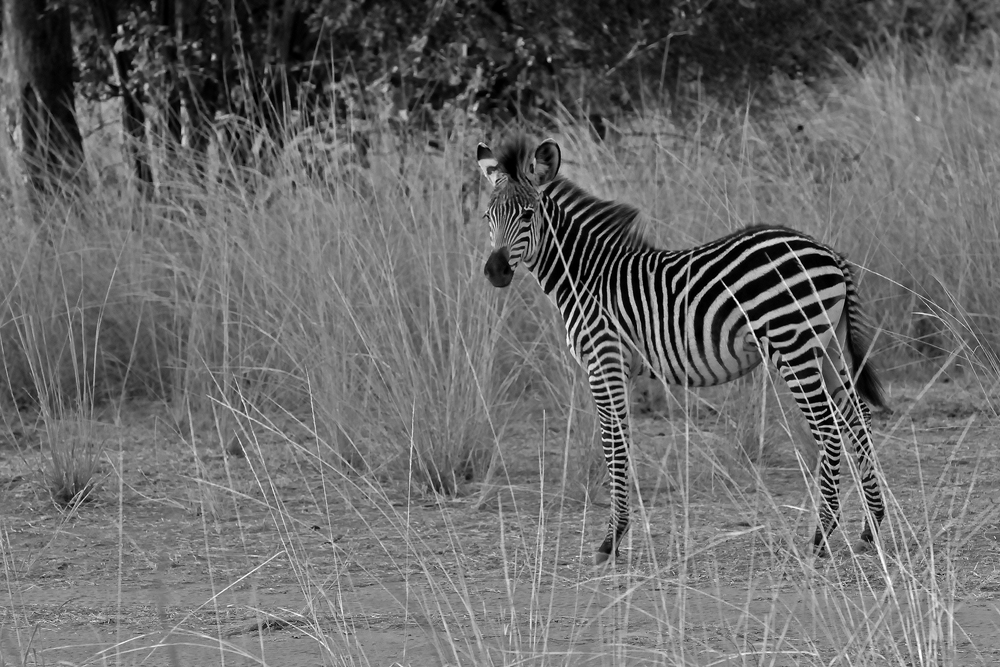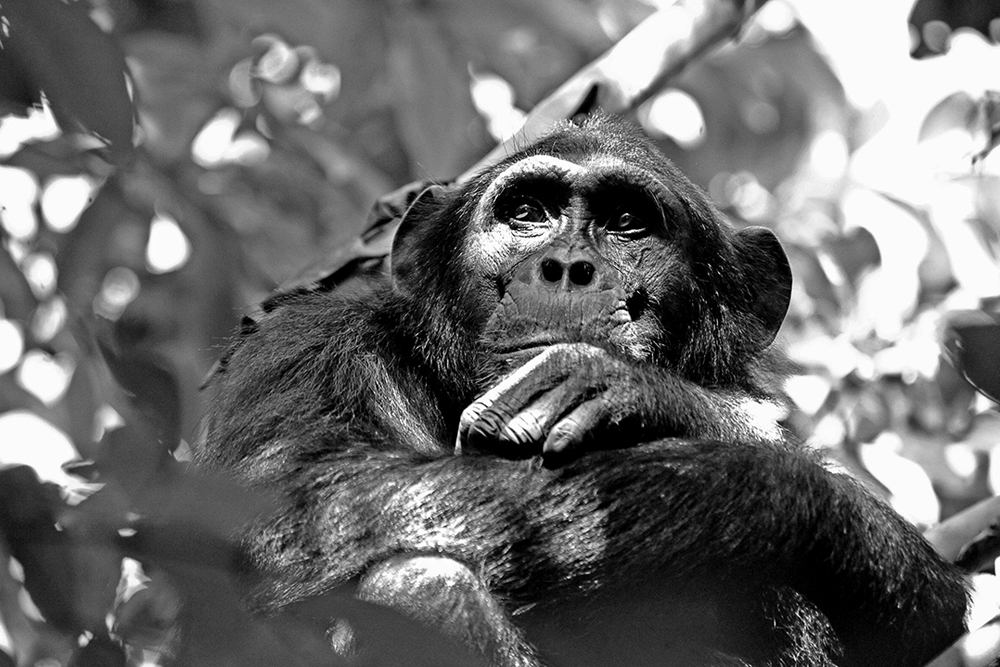Conservation is a Black and White Issue (Photos)


Julie Larsen Maher is staff photographer for the Wildlife Conservation Society (WCS), and the first woman to hold the position since the society's founding in 1895. In addition to documenting conservation work in some of the society's 500 field programs in 60 countries around the world, Maher photographs animals and events at five New York-based WCS wildlife parks: the Bronx Zoo, Central Park Zoo, New York Aquarium, Prospect Park Zoo and Queens Zoo. The author contributed this article to Live Science's Expert Voices: Op-Ed & Insights.
In Nature, seeing the contrasts of black, white and shades of gray is a visceral experience. Together in a photo, they convey drama and beauty, and work as camouflage for the wildlife that wear it well.
The WCS photo blog, Wild View, offers a glimpse into the world of wildlife and a lens on the conservation challenges of our day. From remote forests to urban waterways, we feature wildlife in — and sometimes out — of their element, at a time when our natural environments are undergoing rapid change.
Whether a black and white photo, or a color one focusing on black and white subjects, send Wild View your finest shots of wildlife and wild places this month for our Wild View special assignment. From now until March 25, our editorial team will choose the best submissions based on appeal, composition, originality and technical quality.
A group of chosen shots will be posted on Wild View’s Assignment page, with one selected for a Wild View post.
From baby turtles to tigers frolicking in the snow, view more photo galleries on the WCS Expert Voices landing page, and for some stunning shots of nature in black and white, look below. (Credit: Julie Larsen Maher/Copyright WCS)
Elephants in Tanzania
Get the world’s most fascinating discoveries delivered straight to your inbox.
A lone African elephant at sunset in Ruaha National Park, Tanzania. African elephant numbers have dropped by more than half in the past 30 years. Tanzania has been hit particularly hard, losing 60 percent of its elephants in the past five years.
Trees in Kenya
Baobabs are iconic trees in Africa and look as if they've grown upside down, as their branches have no leaves most of the year. Some of the bigger trees in Kenya and Tanzania might be as old as 1,000 years. [Gallery: Oldest Living Things in the World ]
Zebras in Zambia
This young Burchell's zebra in Zambia's Luangwa Valley is also known as a plains or common zebra. Each zebra's stripes are unique, which helps biologist identify and study individuals.
Ring-tailed lemurs in Madagascar
A ring-tailed lemur and its baby are endangered primates that can only be found in the wild in southern Madagascar.
Chimps in Africa
An endangered chimpanzee in Budongo Forest, Uganda. Chimpanzees are threatened by habitat loss and poaching.
Follow all of the Expert Voices issues and debates — and become part of the discussion — on Facebook, Twitter and Google+. The views expressed are those of the author and do not necessarily reflect the views of the publisher. This version of the article was originally published on Live Science .






